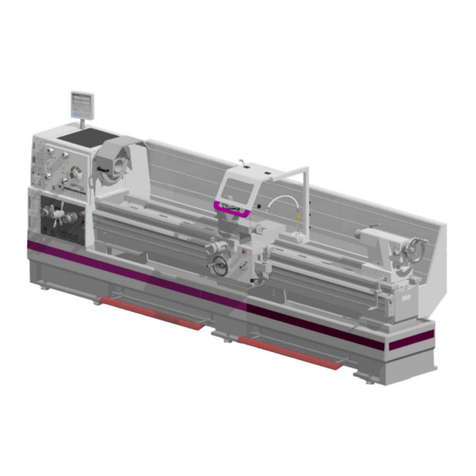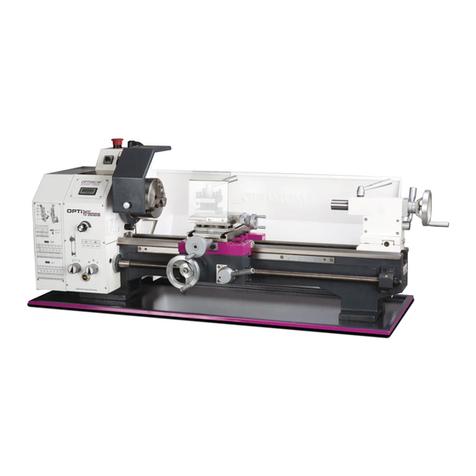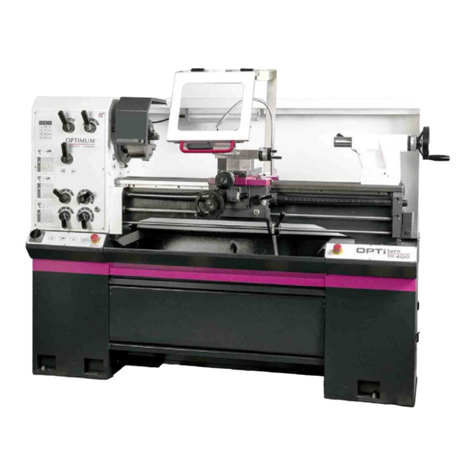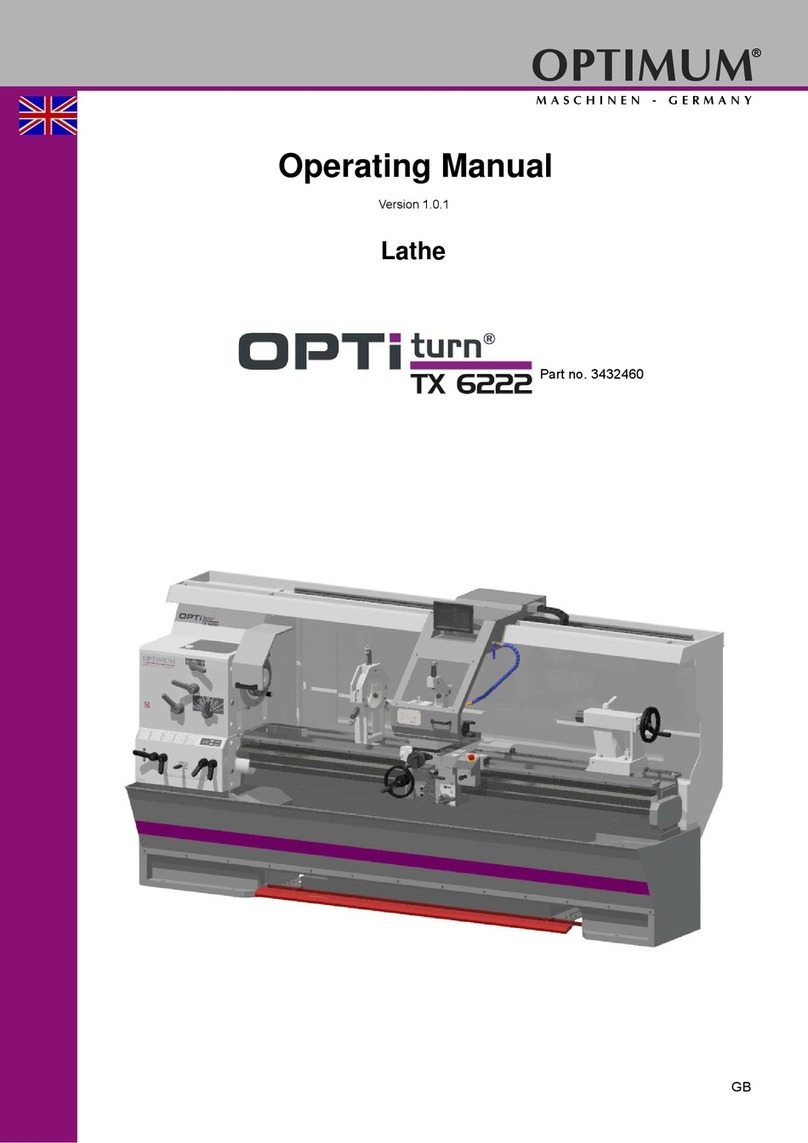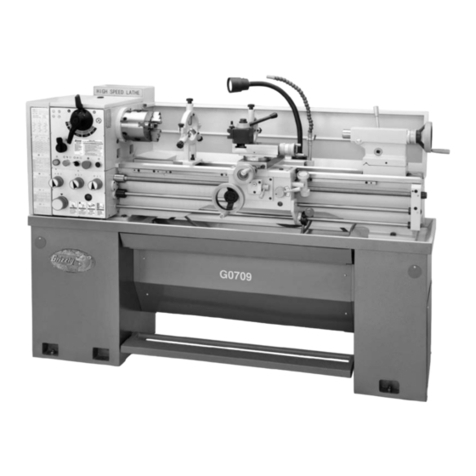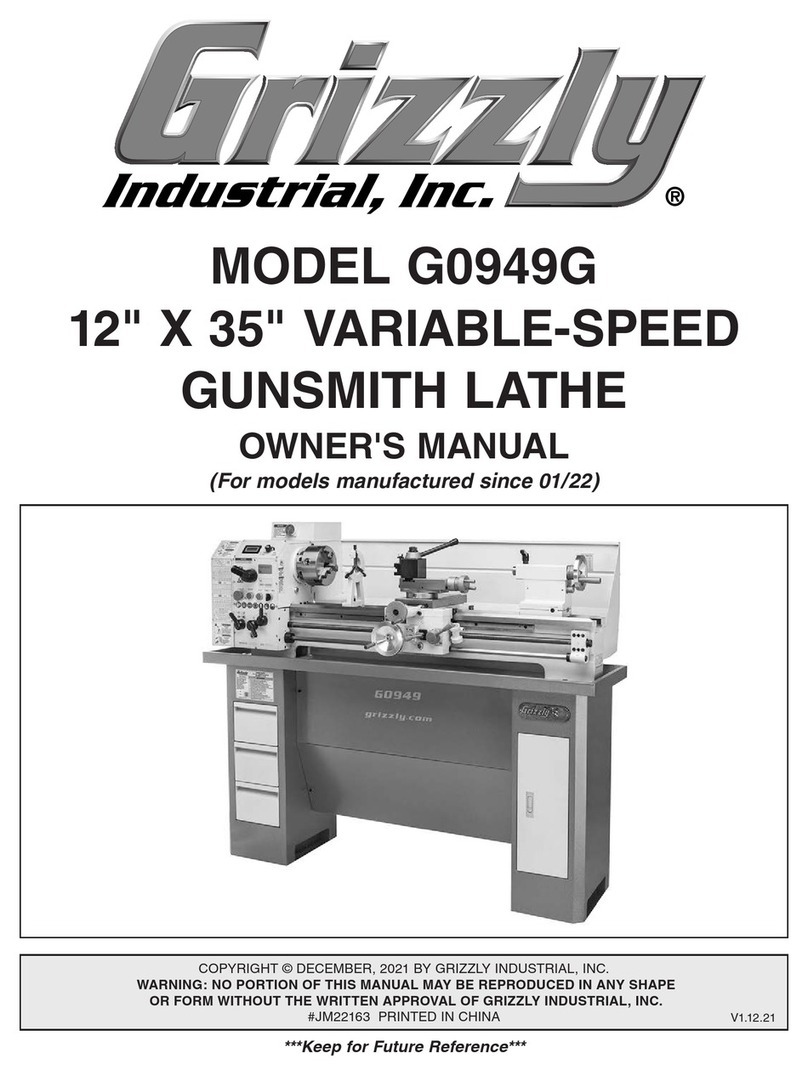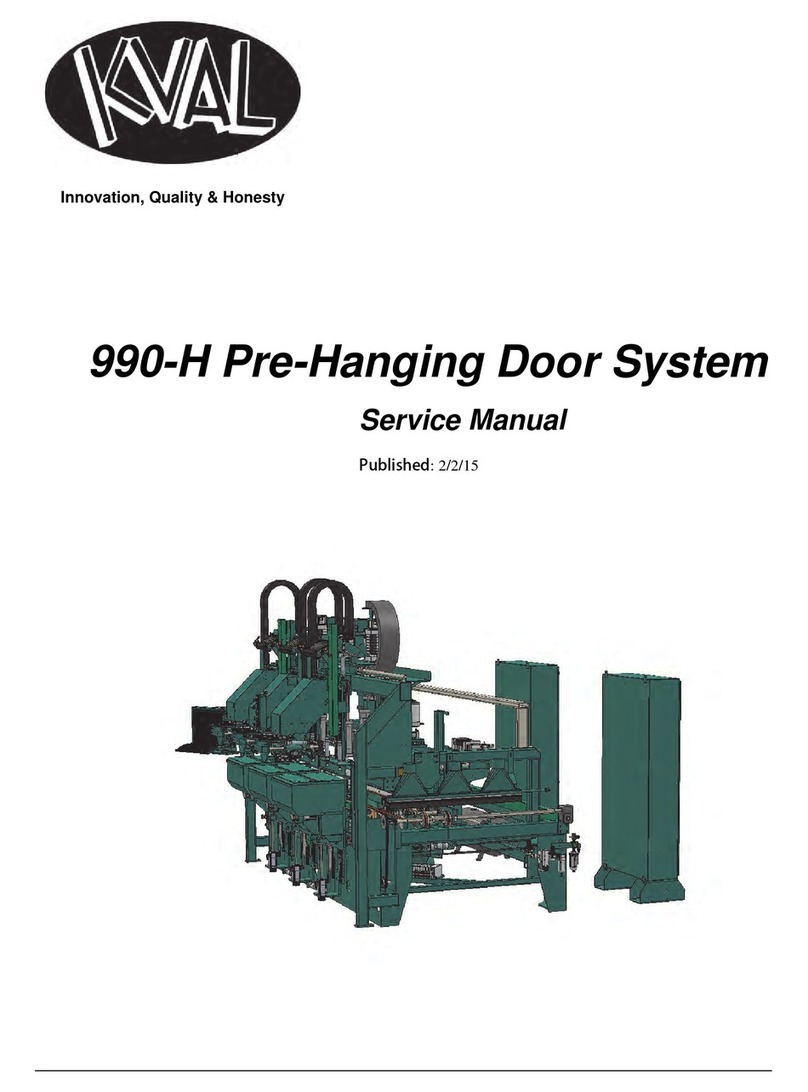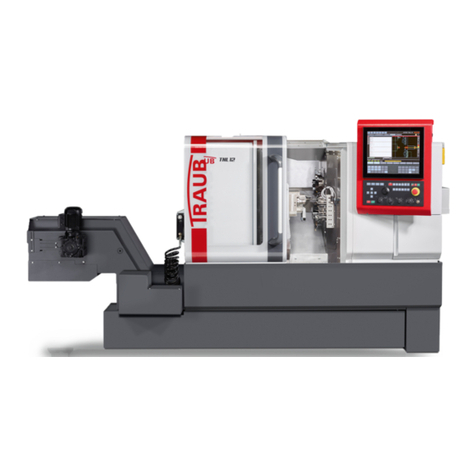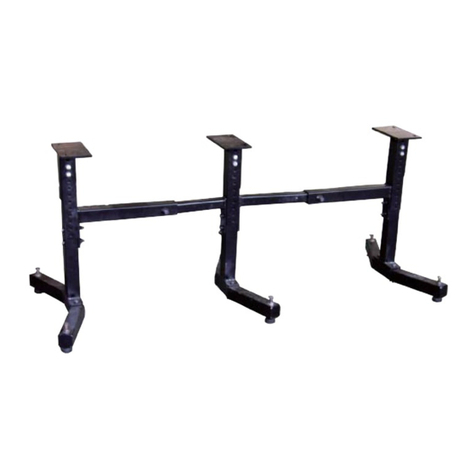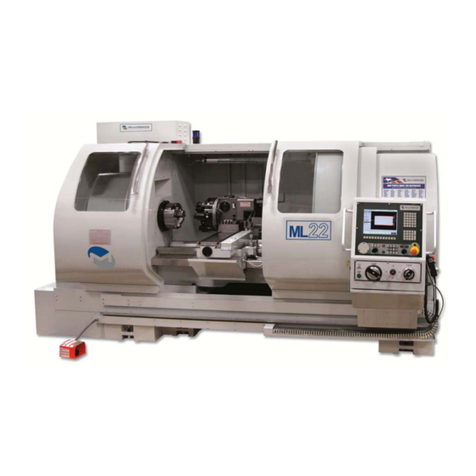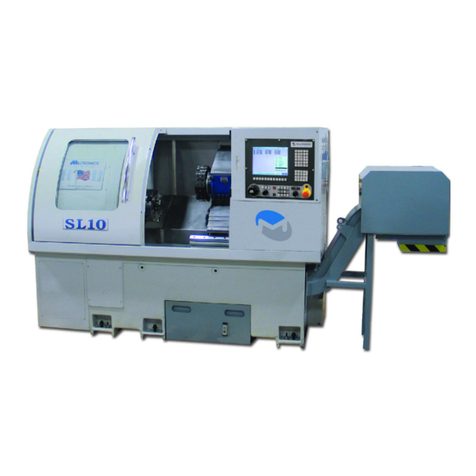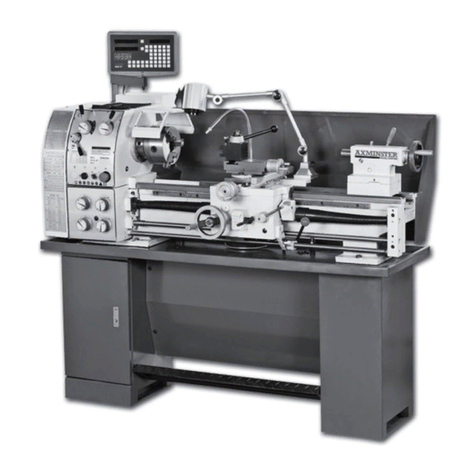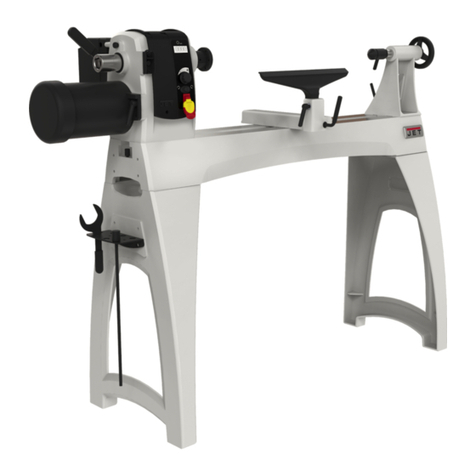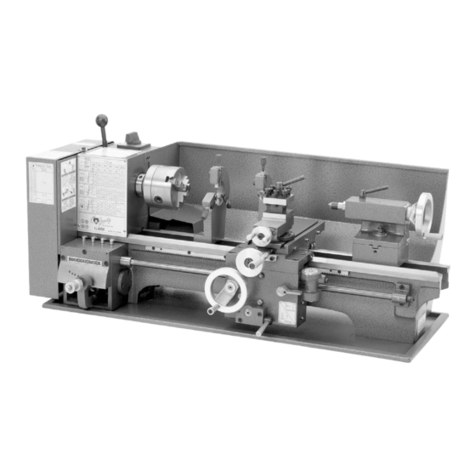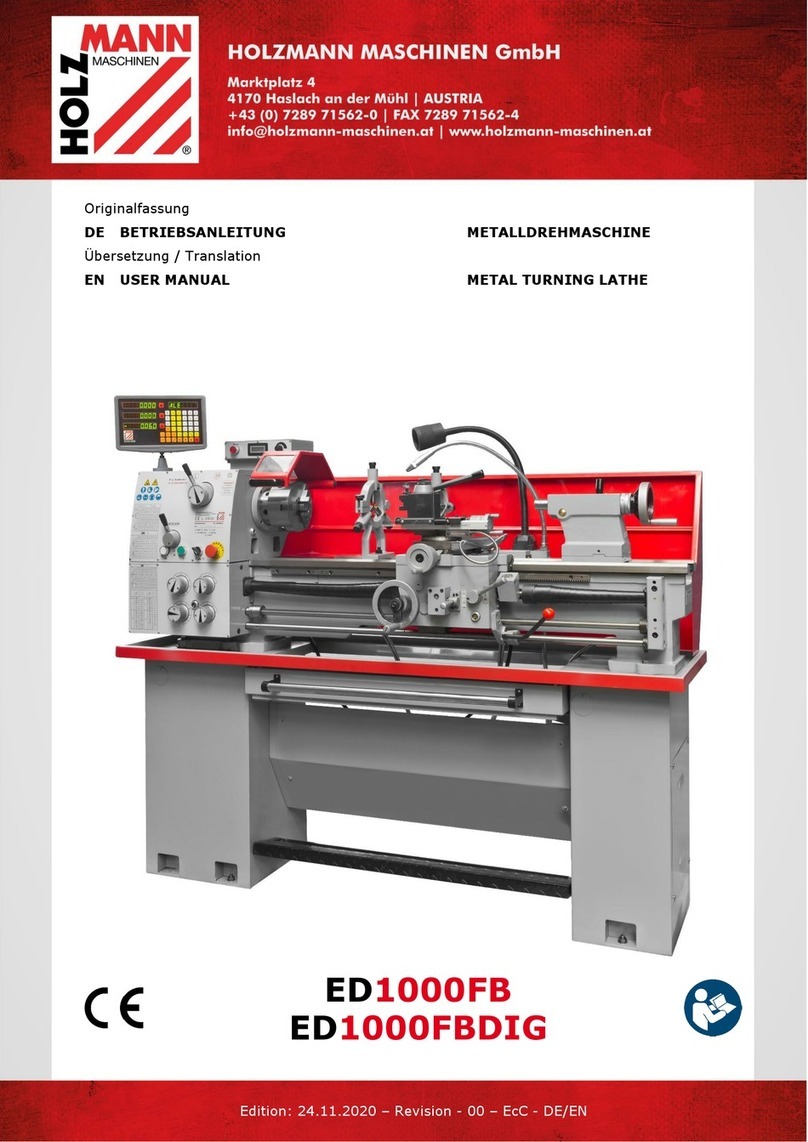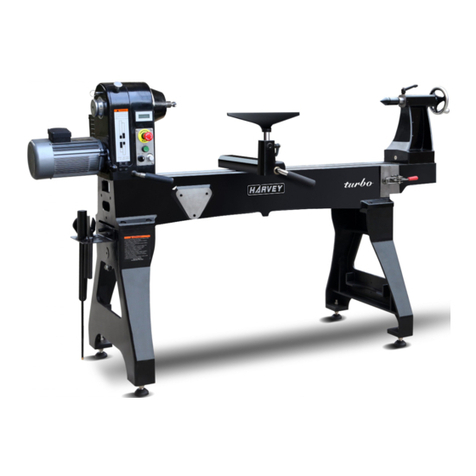
Version 1.1.6 - 2021-9-17 3Translation of original instruction
TU3008G GB
TU3008G_GBIVZ.fm
4.2 Safety ...........................................................................................................................................................26
4.2.1 Overview of the control elements ...................................................................................................26
4.2.2 Overview of indicator elements.......................................................................................................27
4.2.3 Control elements.............................................................................................................................28
4.3 Switching on the machine ............................................................................................................................28
4.3.1 Switching on ...................................................................................................................................28
4.4 Switching the machine off ............................................................................................................................29
4.5 Resetting an emergency stop condition .......................................................................................................29
4.6 Resetting the motor circuit breaker ..............................................................................................................29
4.7 Power failure, Restoring readiness for operation .........................................................................................29
4.8 Speed setting ...............................................................................................................................................30
4.9 Fixing the lathe saddle .................................................................................................................................30
4.10 Changing the feed rate.................................................................................................................................30
4.10.1 Selector switch................................................................................................................................30
4.10.2 Changing the change gears............................................................................................................31
4.10.3 Feed table, table for thread cutting .................................................................................................33
4.11 Cross feed, longitudinal feed engagement lever ..........................................................................................33
4.12 Tool holder ...................................................................................................................................................34
4.13 Lathe spindle fixture .....................................................................................................................................34
4.13.1 Adjusting the Camlock bolts to the workpiece holder .....................................................................35
4.13.2 Replacing the clamping jaws on the lathe chuck ............................................................................36
4.13.3 Clamping a workpiece into the three jaw chuck..............................................................................37
4.14 Taper turning ................................................................................................................................................37
4.14.1 Taper turning with the top slide.......................................................................................................37
4.14.2 Taper turning with the tailstock .......................................................................................................38
4.14.3 Turning of cones with high precision ..............................................................................................38
4.15 Standard values for cutting data when turning .............................................................................................41
4.16 Cutting speed table ......................................................................................................................................41
4.17 Terms for the rotating tool ............................................................................................................................42
4.17.1 Cutting edge geometry for turning tools..........................................................................................43
4.17.2 Types of cutting form levels ............................................................................................................43
4.18 Tapping of external and internal threads......................................................................................................45
4.19 Thread types ................................................................................................................................................46
4.19.1 Metric threads (60° flank angle)......................................................................................................47
4.19.2 British thread (55° flank angle) .......................................................................................................49
4.19.3 Indexable inserts.............................................................................................................................50
4.19.4 Examples for thread cutting ............................................................................................................51
4.20 General operating instructions .....................................................................................................................53
4.20.1 Clamping long workpieces..............................................................................................................53
4.21 Mounting of rests..........................................................................................................................................53
4.22 Tailstock .......................................................................................................................................................54
4.22.1 Cross-adjustment of the tailstock....................................................................................................55
4.23 General operating instructions .....................................................................................................................56
4.23.1 Longitudinal turning ........................................................................................................................56
4.23.2 Face turning and recessing ............................................................................................................56
4.23.3 Turning short tapers with the top slide............................................................................................56
4.23.4 Thread cutting.................................................................................................................................57
4.24 Cooling lubricant...........................................................................................................................................58
4.25 Rotary chuck - K11-160 ISO 702-2 ..............................................................................................................59
4.25.1 Safety instructions ..........................................................................................................................60
4.25.2 Basic safety instructions .................................................................................................................61
4.25.3 Optional soft lathe chuck jaws ........................................................................................................61
4.25.4 Calculating the required clamping force for a given speed.............................................................62
4.25.5 Clamping force-speed diagram - Lathe chuck K11-160 .................................................................63
4.25.6 Clamping jaw centrifugal force........................................................................................................63
4.25.7 Notes on instruction of operating personnel ...................................................................................65
4.25.8 Lubricating and cleaning the lathe chuck........................................................................................66
5 Maintenance
5.1 Safety ...........................................................................................................................................................67
5.1.1 Preparation .....................................................................................................................................67
5.1.2 Restarting .......................................................................................................................................67
5.1.3 Cleaning..........................................................................................................................................68
